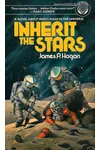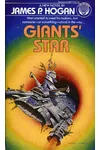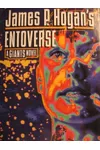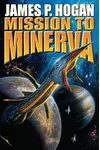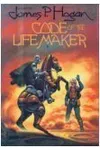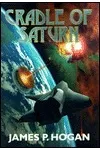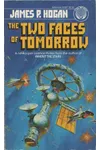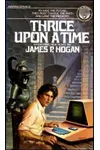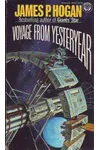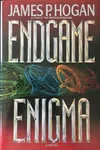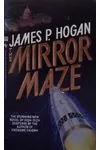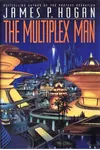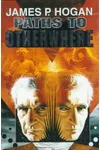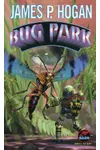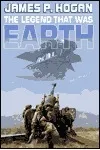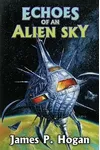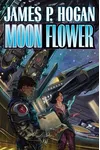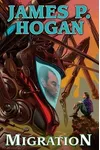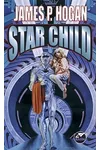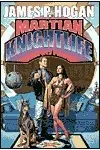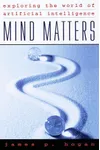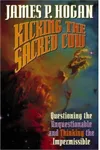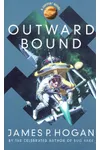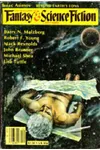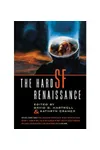Picture a British storyteller who turned hard science into gripping tales of cosmic wonder—meet James P. Hogan! Born in London in 1941, Hogan was a science fiction visionary whose novels blended cutting-edge physics with page-turning plots. From his breakout debut to his thought-provoking series, his work continues to captivate readers with its blend of intellect and imagination.
The Making of James P. Hogan
James Patrick Hogan grew up in a post-war London buzzing with technological promise. Initially, he channeled his knack for problem-solving into a career as an aeronautical engineer, working on radar systems and early computers. But the lure of storytelling proved irresistible. In the 1970s, Hogan swapped circuit boards for manuscripts, inspired by sci-fi giants like Arthur C. Clarke. His engineering background gave his writing a unique edge—stories grounded in plausible science yet soaring with human drama.
James P. Hogan’s Unforgettable Stories
Hogan’s debut, Inherit the Stars (1977), stunned readers with its tale of a 50,000-year-old human skeleton found on the Moon. This kicked off the Giants series, a five-book saga exploring humanity’s origins through mind-bending scientific puzzles. Another gem, Cradle of Saturn (1999), wove planetary science into a thrilling narrative about a rogue planet threatening Earth. Hogan’s style was cerebral yet accessible, with characters who grappled with big ideas—evolution, technology, free will—while facing high-stakes dilemmas.
His knack for blending hard science with philosophical depth set him apart. Unlike space operas heavy on laser battles, Hogan’s novels leaned into realistic physics and engineering, earning praise for their authenticity. Yet, he never sacrificed storytelling for science, crafting plots that kept readers hooked until the final page.
Why James P. Hogan Matters
Hogan’s work left a lasting mark on science fiction, inspiring fans and writers to explore the genre’s intellectual possibilities. His ability to make complex science relatable resonated with readers, while his optimism about human ingenuity offered hope in uncertain times. Though he passed in 2010, his novels remain a gateway for new fans, sparking curiosity about the universe and our place in it.
About James P. Hogan
- Born: June 27, 1941, London, England
- Key Works: Inherit the Stars, Cradle of Saturn, The Two Faces of Tomorrow
- Died: July 12, 2010, Ireland
- Notable: Known for blending hard science with philosophical themes
Ready to explore the cosmos through a master’s lens? Grab Inherit the Stars and dive into James P. Hogan’s brilliant sci-fi universe!
